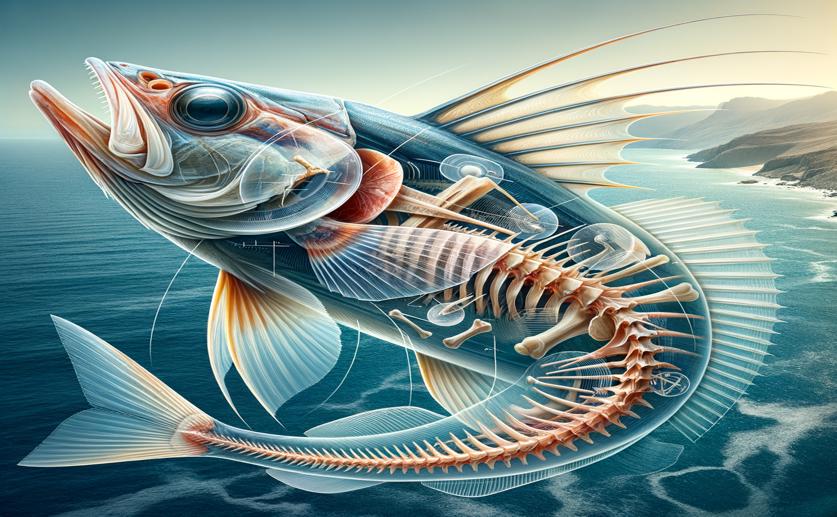
Variations in Ear Bones of Garfish from the Central Mediterranean Sea
Jenn Hoskins
12th March, 2024

Key Findings
- Study from the University of Messina details the ear bones of Mediterranean garfish for the first time
- Garfish otoliths (ear bones) are symmetrical, with no differences found between sexes or body sides
- Otolith shapes and sizes vary with fish size and geography, suggesting environmental adaptation
Animal ScienceMarine BiologyEvolution
References
Main Study
1) Intra-population variability of the saccular, utricular and lagenar otoliths of the garfish Belone belone (Linnaeus, 1760) from South-Western Ionian Sea (Central Mediterranean Sea).
Published 11th March, 2024
https://doi.org/10.1186/s12862-024-02219-0
Related Studies
2) Intra- and interspecific variability among congeneric Pagellus otoliths.
3) Enigmatic ear stones: what we know about the functional role and evolution of fish otoliths.
4) Otolith shape lends support to the sensory drive hypothesis in rockfishes.



 26th February, 2024 | Jenn Hoskins
26th February, 2024 | Jenn Hoskins